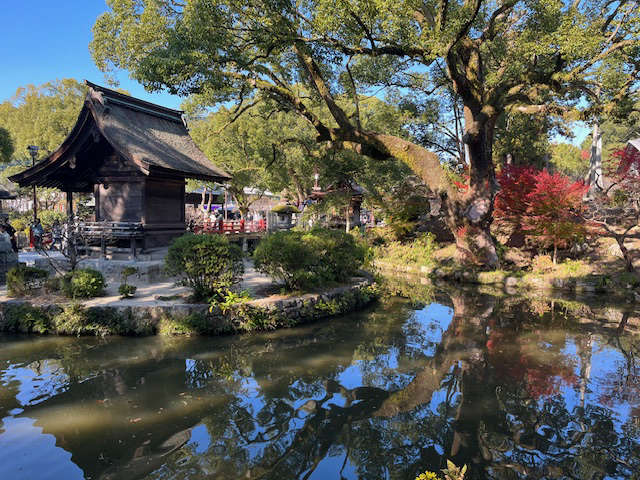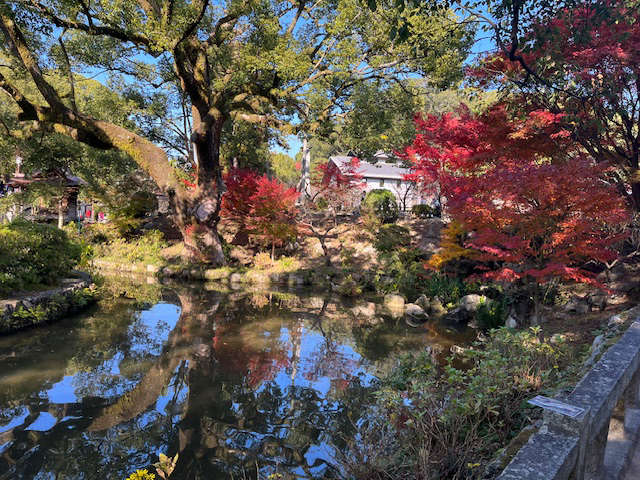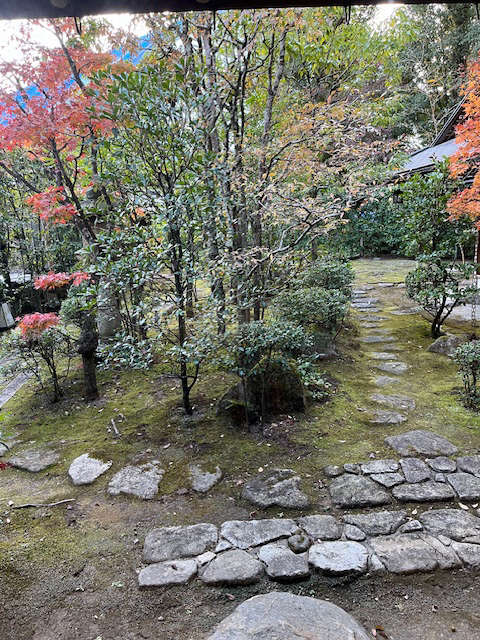
Sunday marked the Autumnal Equinox which is yet another public holiday in Japan, and since it fell on a Sunday this year, it was celebrated on Monday this past week.
This way, it gave people a three-day weekend. The holiday is called “Shuubun no Hi” in Japanese.
The Autumnal Equinox represents one of the two times a year (the other being the Spring Equinox in March) when day and night are equal in length. This is when the sun crosses the equator from the Northern to the Southern Hemisphere and rises exactly in the East and sets exactly in the West.
No doubt the significance has much to do with “balance” and from a spiritually-based interpretation, it represents the harmonious equality of lightness and darkness and offers people a time for reflection and self-introspection spiritually, as well as astrologically.
In Japan, it offers families an opportunity to visit their ancestral graves to pray for the souls of their loved ones. It is also a chance to again clean the gravestones with water and brushes, while offering the souls of the departed their favorite foods, along with flowers, on the gravesite. I read that in Kyoto, with so many historical graveyards, it is especially crowded with families paying their respects during this O-higan equinox.
No doubt other big cities around Japan have huge crowds visiting the graveyards in their cities, too.
The concept of O-higan has its origins in Buddhism and literally means “the other shore” or the “other side of the river of death.”
One side represents the side of the river where we live on earth, and the other side is the place where the souls of all those who have passed away dwell after transitioning into so-called death. This is why it is a common time for families to visit the gravesites of loved ones to pray for the souls of those who have departed from the earth plane.

In August, you may remember, I wrote about O-Bon which is a Buddhist holiday that represents the time of year when the souls of the departed make their way back to this world to visit living relatives. O-higan, on the other hand, is an opportunity for the living to visit those who have passed away.
One common offering is ohagi, which is made with glutinous rice and covered with azuki-bean paste or soy flour. It is quite ordinary to see these ohagi displayed for sale in convenience stores, shops, and supermarkets during this season as many families purchase these to use as offerings.
The symbolism of “the other shore” is connected to the Buddhist belief in enlightenment, so the holiday is also connected to the six practices that enables one’s enlightenment. These are meditation, wisdom, concentration, generosity, perseverance and morality. These are called “paramitas.”

How do we achieve these Buddhist attributes in our busy daily lives?
“Meditation” can be achieved easily by devoting 10 minutes or so to meditating at a sacred place, like a shrine or a temple. “Wisdom” can be gained by choosing to read a book or to study something that will increase your knowledge; “concentration” can be done by setting aside your electronic devices and social media accounts for a period of time to devote this time to a person you care about or to do something that requires focused attention.
By donating your time or something of value to a person in need will allow you to be “generous”; and coming clean with an indiscretion or a lie that you may have told will increase your “morality.” Devoting time and effort to a personal pet project will allow you to “persevere” in the task. The paramitas are related to the spiritual tradition of Mahayana Buddhism.

Probably the most well-known type of Buddhism outside of Japan is Zen Buddhism, but there are a number of different sects of Buddhism that are practiced around Japan. In Mahayana Buddhism, the main objective is to work towards awakening one’s inner Buddha (or bodhi). In order to do this, it is necessary to decipher and understand the true nature of reality — basically working towards understanding that the nature of all things is “emptiness” and everything in this earthly world is dependent upon everything else.
I know, it sounds very philosophical, but it basically teaches that everyone has the divine spark or light of Buddha within them, and anyone can aspire to achieve Nirvana or enlightenment.
Officially signaling the astronomical arrival of the autumn season, the Autumnal Equinox means that the days will start to get shorter and the colorful and majestic colors of the autumn season will begin to appear throughout the archipelago. As expected, it also allows families an opportunity to visit their local Shinto shrines and Buddhist temples to pray, in addition to enjoying the lovely fall weather in anticipation of the autumn harvests that the farmers will soon be trying to finish up before the weather turns cold and snowy in many parts of Japan.

The Autumnal Equinox is a great time to enjoy the nice weather and to do outside activities as a family because soon winter will set in and it will begin to get chilly and cold. This is one of the last opportunities before winter to really enjoy the outdoors and nature.
Japan is unique in that by having a smattering of national or public holidays sprinkled throughout the calendar year, Japanese people have numerous opportunities to enjoy brief respites from the daily grind of their work.
The Shelby County Post is a digital newspaper producing news, sports, obituaries and more without a pay wall or subscription needed.






